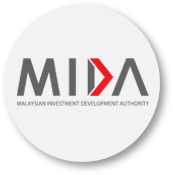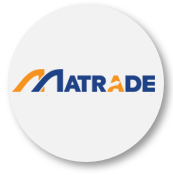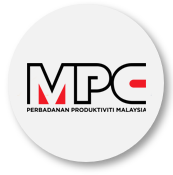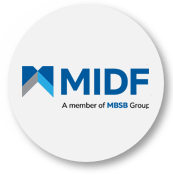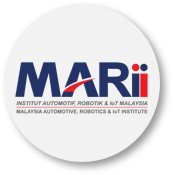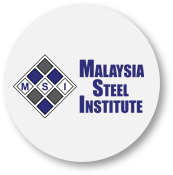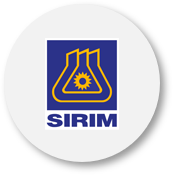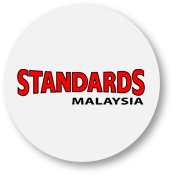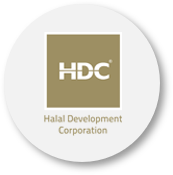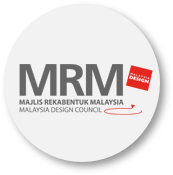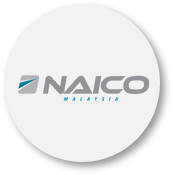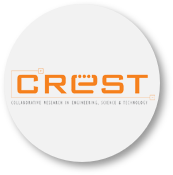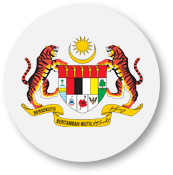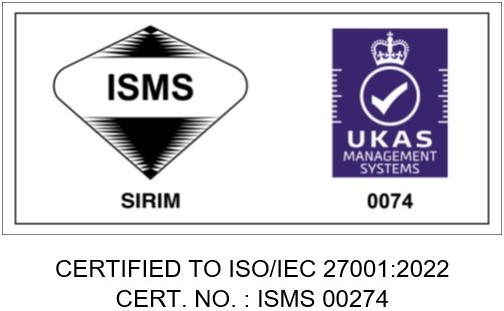ASEAN's Commitment under the CEPT Scheme
- In 2005,
ASEAN 6 included 98.5 per cent of its products into the CEPT, of which
98.9 per cent of the products have duties ranging between 0 to 5 per
cent . This includes the transfer of products previously placed in the
Highly Sensitive List (HSL) and Temporary Exclusion List (TEL) into the
CEPT Scheme in January 2005.
- The CLMV
countries also fulfilled their obligations by transferring products
into the CEPT scheme for tariff concessions. Beginning 2005, these
countries have included 87.8 per cent of their products, of which 71.1
per cent products have duties ranging from 0 to 5 per cent.
- Detailed breakdown of the total number of products in the Inclusion List are as follows:
Products in the Inclusion List of CEPT for ASEAN 6
|
Country
|
Total Products
|
Products in the Inclusion List
|
|
No. of Products
|
Percentage
|
|
Average
|
|
98.5
|
|
Singapore
|
10,705
|
10,705
|
100
|
|
Thailand
|
11,030
|
11,030
|
100
|
|
Philippines
|
11,059
|
11,013
|
99.6
|
|
Indonesia
|
11,153
|
11,028
|
98.9
|
|
Malaysia
|
12,130
|
12,043
|
99.3
|
|
Brunei Darussalam
|
10,702
|
9,924
|
92.7
|
Source : ASEAN Secretariat - Based on ASEAN Harmonised Tariff Nomenclature (AHTN)
- Under the
e-ASEAN initiatives, ASEAN 6 and the CLMV are required to eliminate
tariffs on ICT products in three tranches, beginning 2003 to 2010.
- In 2005,
ASEAN 6 eliminated duties on 487 ICT products under the third tranche,
whilst the CLMV is finalising schedule for ICT products offered for
tariff elimination. Malaysia eliminated tariffs on 219 ICT products,
including 45 products in 2005.
Malaysia's Commitment under the CEPT Scheme
- As at 1
January 2005, Malaysia has transferred all completely built-up (CBU)
and completely knocked-down (CKD) motor vehicles, which were previously
not offered preferential tariff concession, into the Common Effective
Preferential Tariff (CEPT) Scheme. The CBU motor vehicles were included
in the CEPT at 20 per cent, whilst the CKD motor vehicles were
phased-in at zero duty.
- On 19
October 2005, Malaysia further reduced the duties on CBUs to 15 per
cent and by 1 January 2008, the duties will be reduced to 0 to 5 per
cent. The CEPT rates for two CBU public transportation vehicles (motor
buses) were further reduced to 5 per cent effective 16 January 2006.
- In
addition, Malaysia has also transferred eight rice products into the
CEPT in 2005. With these transfers, Malaysia has phased-in 99.3 per
cent of its products into the CEPT. The remaining 0.7 per cent of
Malaysia's products, comprising alcoholic beverages and arms and
ammunition, are permanently excluded from the Scheme.
Improvement to the Rules of Origin (ROO) of the CEPT Scheme
- Continuous
improvements were made to the ROOs and procedures of trading under the
CEPT. A guideline to implement Cumulative Rules of Origin (CRO) was
adopted.
- For the
purpose of calculating the 40 per cent value added (VA) content, member
countries can now cumulate inputs within the region (not for the
purpose of enjoying tariff concession) with a minimum threshold of 20
per cent local/regional value content compared with the existing "40
local/regional value content all-or-nothing approach".
- Product Specific Rules (PSR) for textiles and apparel , wheat flour , wood and wood based products , aluminium products and iron and steel were also developed and adopted for implementation in 2005.
- ASEAN
exporters/manufacturers can now chose to comply either with the 40 per
cent local/regional value content or respective PSRs to benefit from
the preferential tariff concessions of the CEPT scheme.
- Using PSR,
exporters/manufacturers will have to prove that their manufactured
goods have undergone substantial transformation (ST) to qualify for
tariff concessions.
ASEAN Focus in 2006
- Given the
satisfactory performance of tariff liberalisation under the CEPT,
ASEAN's work programme in 2006 will focus on addressing the Non-Trade
Measures ( NTMs) in order to facilitate and enhance intra-ASEAN trade.
- Products
of member countries, which are listed under the General Exclusion List
(GEL) of the CEPT and permanently excluded from preferential tariff
concession, are currently being reviewed, and expected to be completed
by end 2006.
- This is to
ensure that products excluded are justified for reasons of protection
of human, animal, health, security and protection of artistic and
historic value, in accordance with provisions under the CEPT Agreement.
- Similarly,
the classification criteria of NTMs have been developed and ASEAN is
currently developing a work programme to eliminate NTMs.
- ASEAN is
also exploring the possibility of establishing an ASEAN Trade
Facilitation Committee to pursua trade facilitation agenda in a
concerted manner.
ASEAN Integration System of Preferences
- The ASEAN
Integration System of Preferences (AISP) is a scheme where ASEAN 6
gives unilateral import duty exemption to products of export interests
to the CLMV.
- Since its
inception in 2002, ASEAN 6 have offered duty exemptions on 2,857
products to the CLMV. Myanmar is the biggest preference-receiving
country with 1,637 products, followed by Cambodia (477 products), Lao
PDR (359 products) and Viet Nam (320 products).
- In 2005,
Malaysia further eliminated duties on 231 additional products as
requested by the CLMV, with Cambodia as the biggest
preference-receiving country with 91 products, followed by Lao PDR (71
products), Viet Nam (67 products) and Myanmar (2 products). Click here to view the Legal Enactment to effect the duty exemption
- To date,
Malaysia has offered duty exemption on 783 products covering fruits and
vegetables, chemicals and chemical products, rubber products, wood and
wood based products, paper and paper products, electric and
electronics, plastics products, footwear, furniture and textiles and
apparel.
-
Various
initiatives are currently being undertaken by ASEAN to further promote
the utilisation of AISP among the CLMV. This includes:
- standardising
the issuance of the Legal Enactment (to effect the duty exemption) by
ASEAN 6 based on open ended basis, instead of yearly expiration dates;
and
- harmonisation of the ROO in accordance to the 40 per cent local/regional







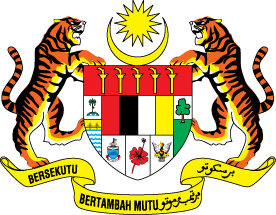





 Home
Home








